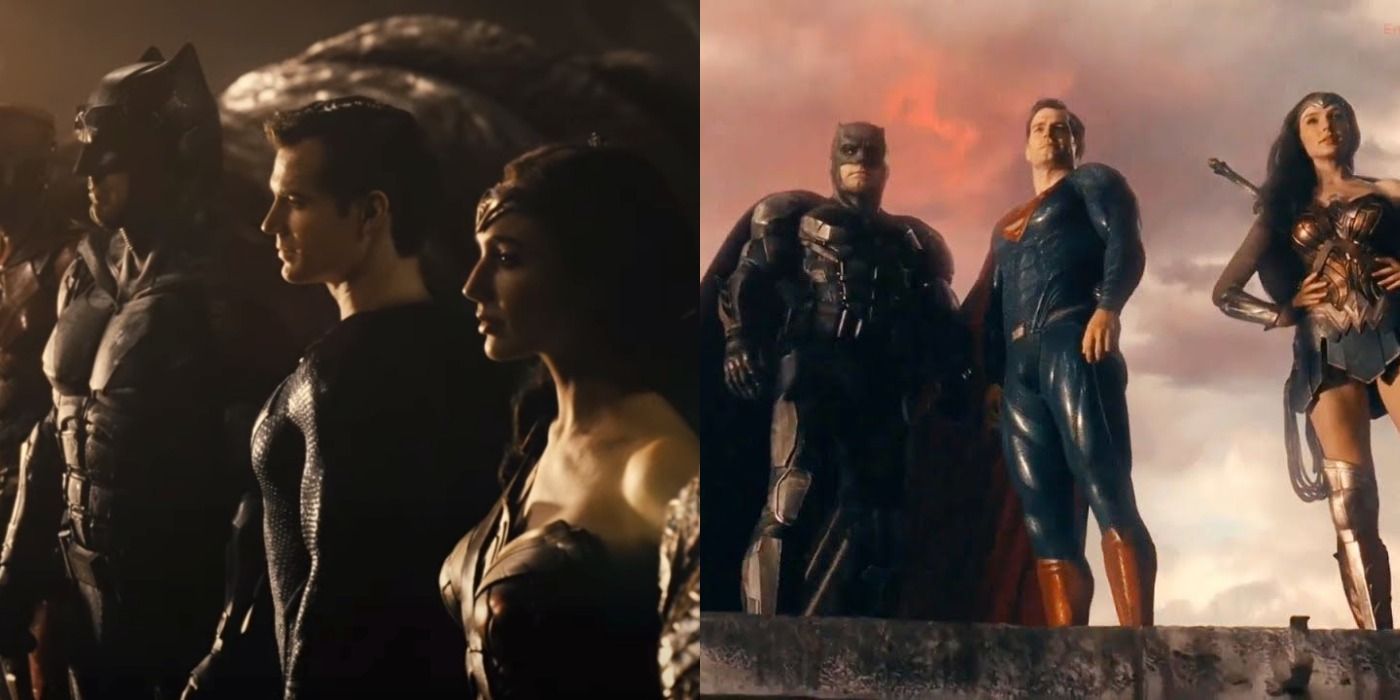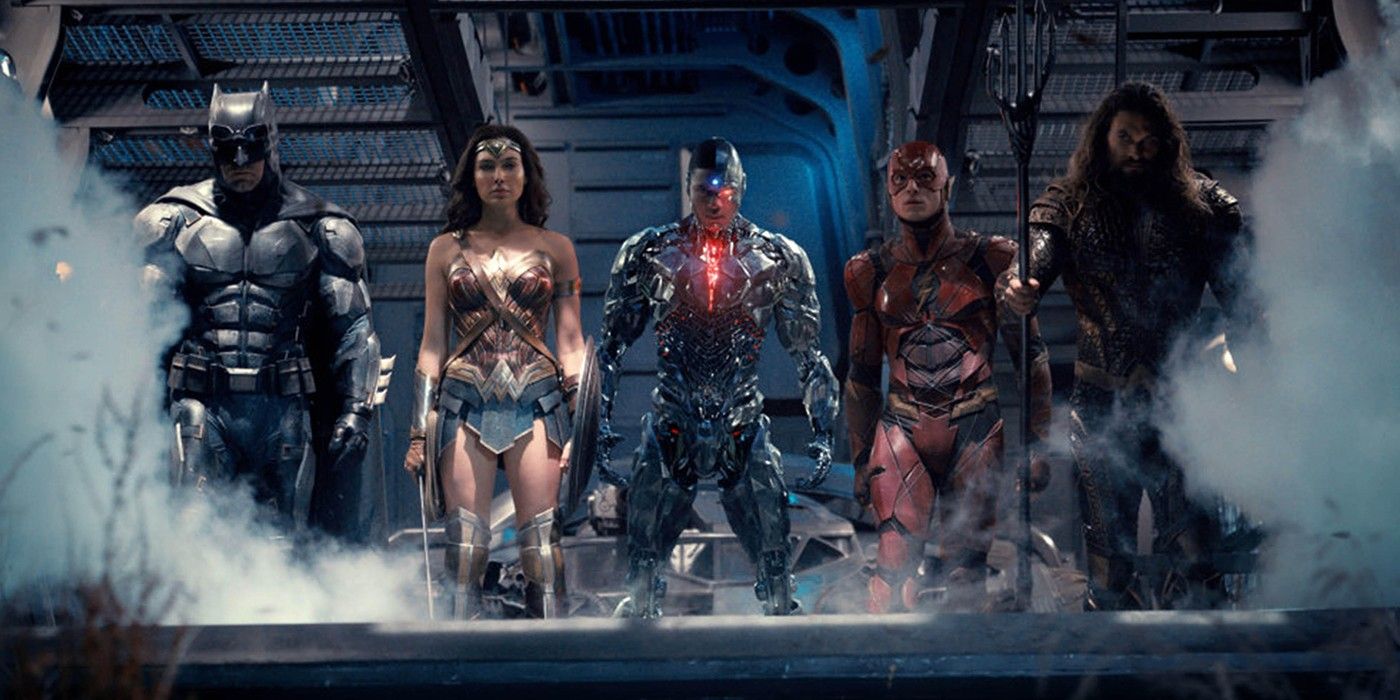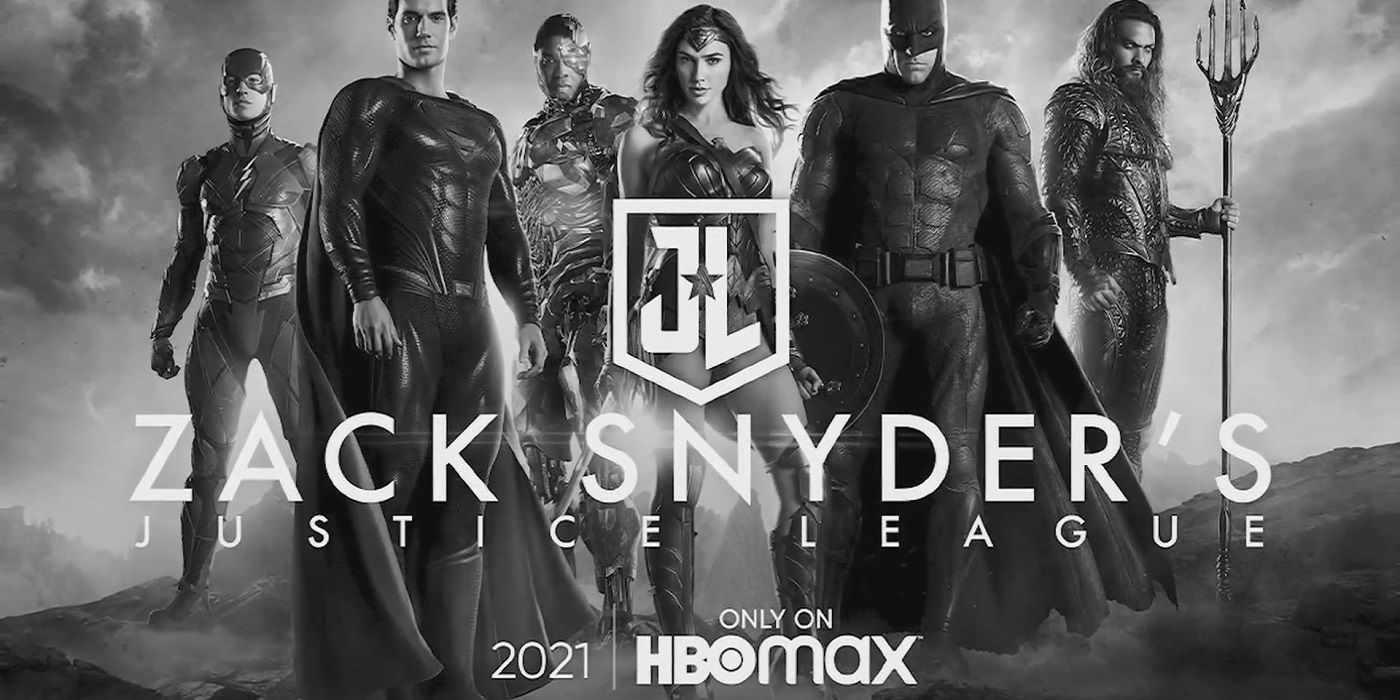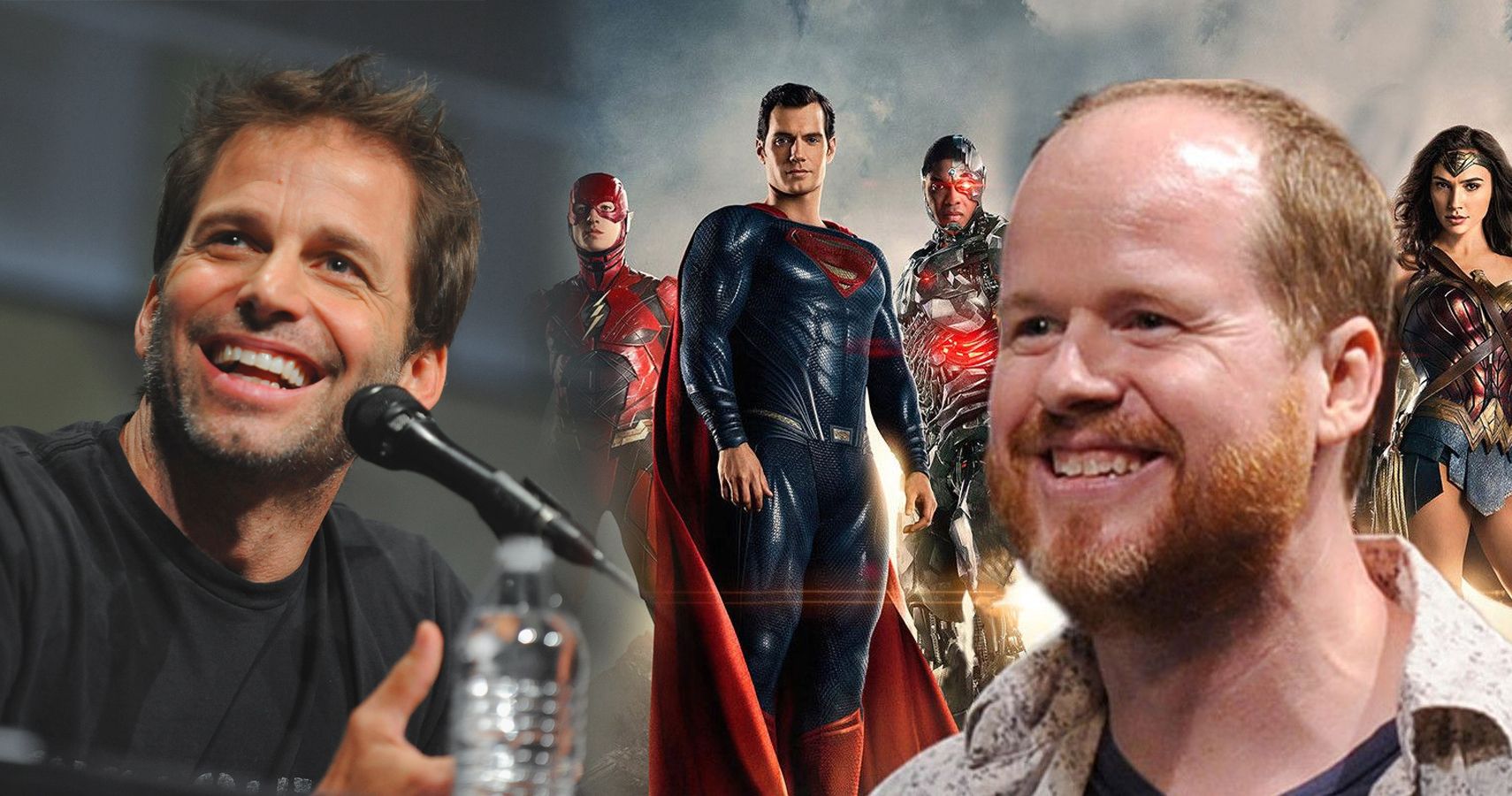
Before DC released a would-be cornerstone film, their extended universe was already in trouble. The DCEU had begun with Man of Steel in 2013. Its director, Zack Snyder, was set to work with DC to develop a film universe as expansive as Marvel’s. Three years later the poor critical reception of Batman v Superman: Dawn of Justice put the universe on very shaky ground. Then while directing Justice League, Snyder suffered a personal tragedy and needed to leave production. The studio, to the chagrin of many fans, picked Joss Whedon to finish the film.
The 2017 release of Justice League is compromised mostly of Snyder’s footage and Whedon’s edits, with occasional re-shoots scattered throughout. Whedon was certainly an odd choice for Snyder’s replacement on the film. With their pick, the studio confirmed that they would be trying to take Justice League in a different direction than Snyder had originally imagined. It would be nearly another four years before Snyder’s fans got to see his vision for the film.
RELATED: 10 Things Only DC Comics Fans Will Notice In Zack Snyder's Justice League
Both Justice League movies are wildly different, and neither comes close to perfection. They illustrate opposite ends of problematic extremes. One had so much studio interference that it feels muddled and bland. The other had so much directorial freedom it can only maintain the interest of diehard fans. Each, despite its problems, has merits and reasons to watch.

Whedon was given a limited budget for re-shoots and a very specific goal for the film: keep it at two hours. Within those constraints, he attempted to make the best superhero film he could imagine. An uneven tone and poorly handled character development are the main complaints lobbed at Justice League. Those are fair criticisms. The original theatrical version of Justice League feels incomplete. Despite that, there’s plenty to enjoy in it, especially for fans of Whedon’s style.
The film moves at an unrelenting pace, which is a big positive. The plot leaves some character arcs in the dust, but Justice League never drags and avoids the hints of boredom present in the Snyder cut’s overwrought and over-long scenes. The studio was wrong to think their film couldn’t go over the two-hour mark, but they had the right instinct. A story at this scale needs to move.
Whedon made the tone of Justice League lighter than Snyder had intended. Despite what critics said, he wasn't just bending to the studio's will. Whedon understood that for an audience to get invested in a story, they needed human-level stakes. Whedon made two major attempts to add some humanity to the story. He added his famous witty banter to scenes, humanizing godlike heroes with silly jokes. He also added a family-under-attack subplot to the story of Steppenwolf's invasion.
Whedon’s changes, often bemoaned by Snyder fans, came from a good impulse. The Snyder cut's general disconnect from the humans who are supposedly in danger is one of its biggest flaws. Whedon’s Russian family subplot might feel out-of-place, but it adds a human element to a story that is otherwise, pardon the pun, alienating for viewers. By the same token, Whedon’s humor, while not to everyone's taste, makes characters like Flash and Aquaman feel more relatable. Unfortunately, he inserted the humor while excising large chunks of backstory for characters like Cyborg.
Though far from perfect, the 2017 Justice League is trying to tell a human story about a battle between near-gods. Zack Snyder’s Justice League focuses on the grandeur of it all.

Even before Justice League’s poor reception, the DCEU had begun to pivot away from the “Snyderverse” such as it was. It was only through the concerted efforts of diehard fans that Zack Snyder was able to remake his superhero epic. Nearly four years and $70 million later, Zack Snyder’s Justice League feels more like the dream Snyder had for a movie than it is a movie itself.
The studio decided to step back from Justice League entirely when they gave Snyder the green light. Because of that and the film's non-traditional release (going straight to HBO Max instead of theaters), Zack Snyder was able to include every snippet of story and every dour shot he’d ever filmed for the movie. A handful of re-shoots also allowed him to include things that would otherwise never exist in his now-canceled universe. The Snyder cut is a full two hours longer than Justice League. Much of the added footage belongs to Easter eggs and set-ups for films that will never get made.
The best thing about Zack Snyder’s Justice League is the added time spent with its characters. This one film introduces Flash, Cyborg, Steppenwolf, and (in this version) Darkseid. In the Snyder cut, Flash is less relatable comic-relief and more understandable action-hero. Viewers get a small sense of his life and feelings surrounding his superhero identity. Cyborg and his story especially benefit from added time in the film. In Justice League, Cyborg felt like a bonus character, hardly developed and included for inclusion’s sake. In the Snyder cut, Cyborg gets to shine as a full character with complicated relationships and a proper plot arc. He is really the highlight of the movie.
Another big win for the Snyder cut is that the world’s greatest heroes finally feel like they exist in one world. The tone here fits with what came before in Man of Steel and Batman v Superman. The Snyder cut feels more like a DCEU movie than Justice League did. Ultimately, opinions on tone here come down to how one feels about Snyder’s style in general. It isn’t for everyone, but there’s no denying that it brings cohesion to this superhero outing.

Neither version of this Justice League story fully hits the mark. Whedon’s cut adds some humanity and blessedly decreases the film’s overall runtime. Snyder’s cut fully realizes the characters and the world, but veers into self-indulgent territory so often that its length becomes a barrier to enjoyment of it. Still, it seems likely that the Snyder cut will reign supreme as the fan-favorite. A dream-cut of Justice League would likely land somewhere between these two, mixing the merits of both for a DCEU film that might at last be able to bring everything home.
MORE: Zack Snyder's Justice League Still Needs a Proper Edit

